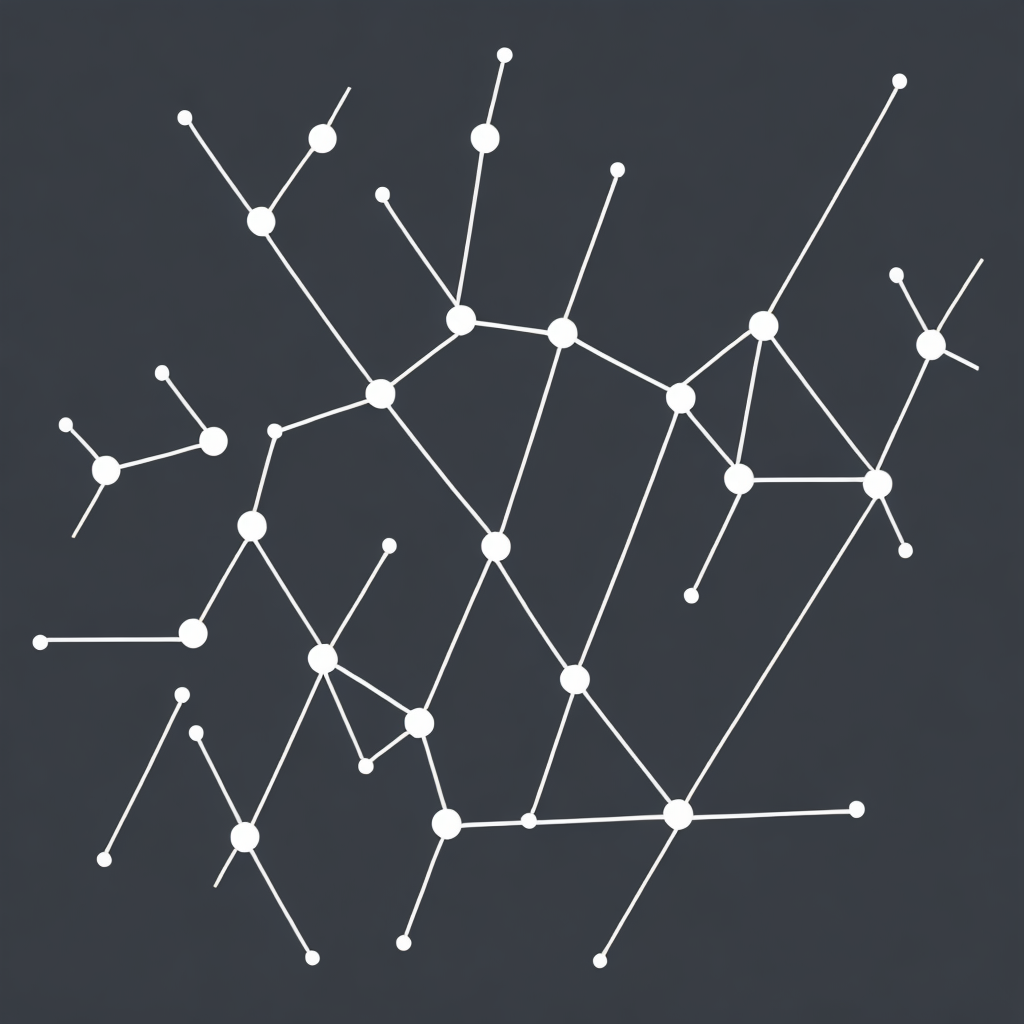Unlocking the Power of Knowledge Graphs: Navigating the Future of Data Organization and Machine Learning
In today’s era of “big data”, it’s becoming increasingly clear that traditional ways of handling and organizing vast amounts of information are no longer sufficient. Advanced techniques, including the utilization of Knowledge Graphs, are rapidly emerging as powerful tools to unlock deeper insights and enhance decision-making processes. This article delves into the concepts, benefits, and future prospects of Knowledge Graphs, shedding light on their growing importance in the domain of data organization and machine learning.
### What Are Knowledge Graphs?
A Knowledge Graph is a representation of data as a network formed by interrelated entities and concepts. This structure allows for easy traversal and querying, facilitating the uncovering of hidden relationships, patterns, and insights within large, complex datasets. Unlike conventional databases that often store and organize data in a tabular format, Knowledge Graphs maintain a descriptive knowledge base, making them particularly suitable for applications requiring a sophisticated understanding of the underlying data.
### Key Components and Features
1. **Entities and Properties**: At their core, Knowledge Graphs consist of entities (entities could range from individuals, organizations, events, or objects) and properties linking these entities (e.g., birthdate, location, relationship). Properties act as the glue that connects entities, enabling the creation of rich, interconnected networks.
2. **Triple Store**: Knowledge Graphs are often built using a triple-store or a graph database system. This database format is optimized for querying and storing complex relationships, differing significantly from SQL databases better suited for tabular data.
3. **Complex Querying**: The query language SPARQL, or extensions like TSQL for more complex scenarios, is used for querying Knowledge Graphs. This feature enables users to ask nuanced questions about the data, retrieving information that might not be immediately apparent from a traditional dataset.
### Applications of Knowledge Graphs
#### Enhancing Machine Learning Models
Knowledge Graphs serve as robust knowledge bases for machine learning (ML) models, particularly in scenarios where context and relationships between data points are crucial. By integrating structured knowledge, ML models can benefit from more informed decision-making, leading to improved accuracy and efficiency. For instance, in recommendation systems, a Knowledge Graph can help in understanding consumer preferences more deeply, offering personalized recommendations based on a variety of factors beyond simple user-item interactions.
#### Supporting Artificial Intelligence (AI) and Natural Language Processing (NLP)
Knowledge Graphs are pivotal in advancing AI capabilities, especially in the realm of NLP. AI systems, when equipped with access to deep semantic knowledge through Knowledge Graphs, can understand the meaning and context of human language more accurately. This enables more natural conversational interfaces, automated reasoning, and enhanced search capabilities, drastically improving the user experience across various applications such as e-commerce, healthcare, and customer service.
#### Facilitating Knowledge Discovery
Knowledge Graphs empower users to navigate and explore large datasets effectively, uncovering new insights and patterns. By allowing for complex queries and analytical operations, Knowledge Graphs can help in answering questions that conventional databases might struggle with. This capability is invaluable for industries where data-driven decision-making is essential, such as finance, healthcare, and research.
### Challenges and Future Prospects
While Knowledge Graphs hold immense potential, they also come with challenges. The creation and maintenance of Knowledge Graphs require significant expertise and resources, making the process complex and costly. Moreover, data quality and coverage remain paramount concerns, as incomplete or incorrectly labeled data can lead to skewed insights.
Looking ahead, advancements in technologies like AI, natural language understanding, and semantic web technologies promise to automate the creation and maintenance of Knowledge Graphs, making them more accessible and user-friendly. Integration with data pipelines, machine learning feedback loops, and democratization through cloud-based services will likely be key areas of focus in the coming years.
In conclusion, as the field of data and AI continues to evolve, Knowledge Graphs stand as crucial tools for harnessing the true potential of data organization and machine learning. Their ability to connect, structure, and enrich datasets is essential for driving innovation, improving efficiency, and enabling smarter, more informed decision-making across various industries. As we navigate the future, the significance of Knowledge Graphs only amplifies, underscoring their indispensable role in the modern data landscape.
